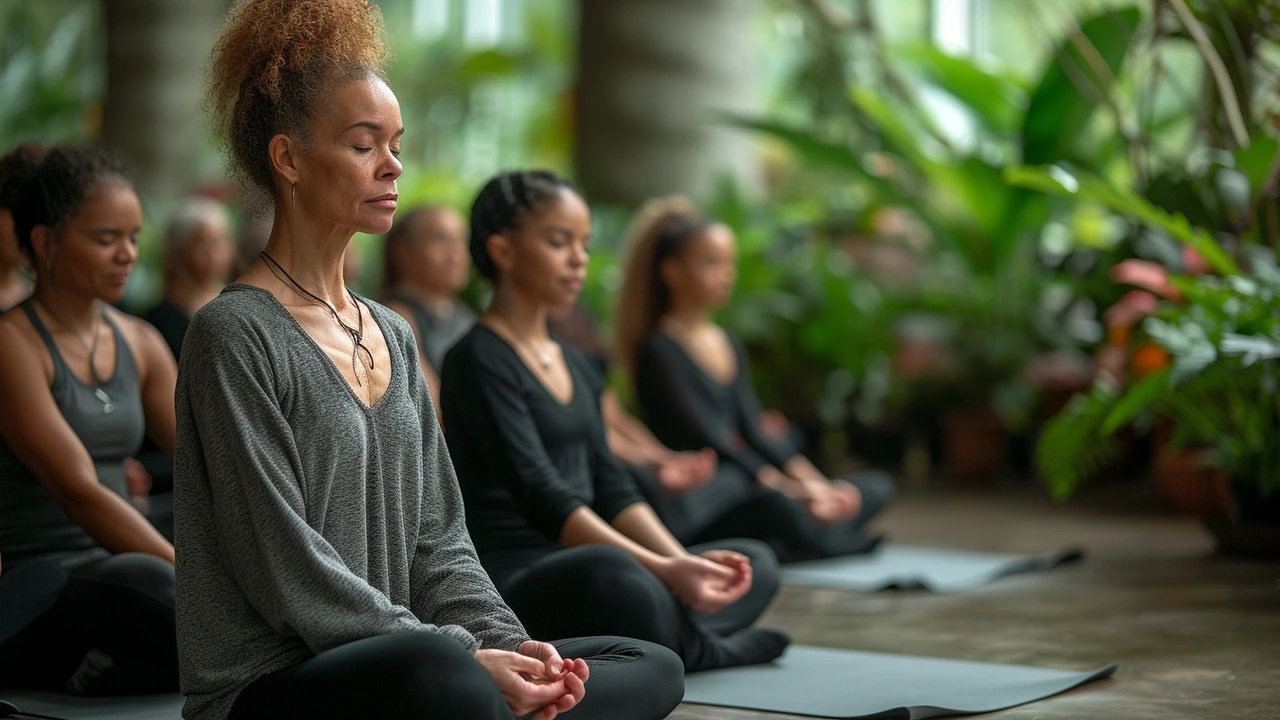Unlocking the Potential of Movement: How Feldenkrais Training Can Transform Your Life
 Feb, 8 2024
Feb, 8 2024
Introduction to Feldenkrais Method
The journey through understanding Feldenkrais training begins with Moshe Feldenkrais himself, a physicist, judo expert, and mechanical engineer, who developed this method based on the premise that our brain and body are interconnected in learning new ways of moving. Unlike traditional exercises that focus on strengthening and stretching, Feldenkrais aims at re-educating the nervous system, allowing for more efficient, effortless patterns of movement. This not only has the potential to diminish pain but also to enhance overall physical function and mental well-being. The beauty of Feldenkrais lies in its accessibility. Regardless of age or physical condition, anyone can practice and benefit from this method.
The Principles of Feldenkrais
Feldenkrais is grounded in the idea that learning is not just mental but also physical. This method employs gentle movements and directed attention to increase one's body awareness. The principle is simple: by becoming more aware of how we move, we can begin to notice our habitual patterns that may be causing tension or discomfort. From there, it's a journey of exploration, using gentle, mindful movements to explore alternatives and to find ways of moving that feel easier and more comfortable. This process of self-discovery facilitates not just physical changes but also contributes to reducing stress and anxiety, showcasing the holistic impact Feldenkrais can have on our lives.
Starting with Feldenkrais: Practical Exercises
For those curious to embark on this transformative journey, beginning with Feldenkrais can be as simple as noticing how you sit, stand, or walk. One fundamental exercise is to lie on the floor and gently roll your head from side to side, observing any differences in movement or ease between the sides. Another exercise involves standing up and gently turning the torso to look behind you, noticing how far you can comfortably turn and which parts of your body you use. These exercises, while seemingly straightforward, encourage a deeper understanding and connectivity with one's body, serving as a foundation for more complex movements.
Overcoming Challenges with Feldenkrais
Many who turn to Feldenkrais do so to overcome physical challenges or pain. The method's gentle and mindful approach makes it an ideal practice for recovery. Whether it's recovering from an injury, dealing with chronic pain, or even navigating neurological conditions, Feldenkrais offers a path to improvement rooted in enhancing self-awareness and exploring efficient movement patterns. By focusing on how movement is executed, rather than on the movement outcome, individuals can re-learn how to move in ways that reduce strain and promote healing.
The Cognitive and Emotional Benefits
While the physical benefits of Feldenkrais are evident, it's important not to overlook its impact on cognitive and emotional well-being. The method encourages a state of mindful awareness and presence, which can lead to better concentration, reduced stress levels, and even improvements in creativity. This mindfulness aspect, combined with the physical practice, supports a more harmonious mind-body connection, contributing to greater mental clarity and emotional resilience.
Incorporating Feldenkrais into Daily Life
Integrating Feldenkrais into one's daily routine doesn't require extensive alterations. It can begin with how you perform daily activities such as sitting at your desk or walking. By applying the principles of body awareness and movement exploration to these activities, one can start to experience improvements in posture, efficiency, and overall physical comfort. Over time, these small changes can accumulate, leading to significant improvements in how one feels and functions daily.
Stories of Transformation
Inspiring stories abound of individuals whose lives have been transformed through Feldenkrais. From athletes recovering from injuries to seniors improving their mobility and balance, to musicians and artists enhancing their performance abilities - the range of positive outcomes is vast. These stories not only highlight the versatility of Feldenkrais but also serve as a testament to the profound impact that mindful movement can have on our lives, encouraging anyone looking for a change to explore what Feldenkrais training has to offer.





